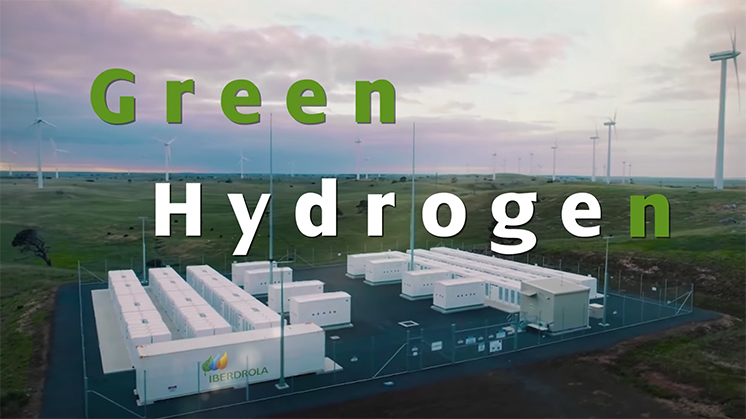Courtesy : iberdrola.com
Decarbonising the planet is one of the goals that countries around the world have set for 2050. To achieve this, decarbonising the production of an element like hydrogen, giving rise to green hydrogen, is one of the keys as this is currently responsible for more than 2 % of total global CO2 emissions. Find out how this is achieved and what its impact will be in the coming decades.

Green hydrogen, an alternative when electrification is not possible.

Learn how green hydrogen is extracted.

Green hydrogen is efficient and 100 % sustainable, with some experts predicting that it will be the fuel of the future.

Iberdrola, a global energy leader, anticipates once again by promoting green hydrogen.accesibilidad.navegacionaccesibilidad.navegacionaccesibilidad.navegacionaccesibilidad.navegacion
Our way of life needs an increasing amount of watts to function. The latest estimates by the International Energy Agency (IEA), published at the end of 2019, predict that global energy demand will increase by between 25 % and 30 % by 2040, which in an economy dependent on coal and oil would mean more CO2, exacerbating climate change. However, decarbonising the planet suggests a different world in 2050: one that is more accessible, efficient and sustainable, and driven by clean energies such as green hydrogen.
WHAT IS GREEN HYDROGEN AND HOW IS IT OBTAINED?
This technology is based on the generation of hydrogen — a universal, light and highly reactive fuel — through a chemical process known as electrolysis. This method uses an electrical current to separate the hydrogen from the oxygen in water. If this electricity is obtained from renewable sources we will, therefore, produce energy without emitting carbon dioxide into the atmosphere.
As the IEA points out, this method of obtaining green hydrogen would save the 830 million tonnes of CO2 that are emitted annually when this gas is produced using fossil fuels. Likewise, replacing all grey hydrogen in the world would require 3,000 TWh/year from new renewables — equivalent to current demand of Europe. However, there are some questions about the viability of green hydrogen because of its high production cost; reasonable doubts that will disappear as the decarbonisation of the earth progresses and, consequently, the generation of renewable energy becomes cheaper.
